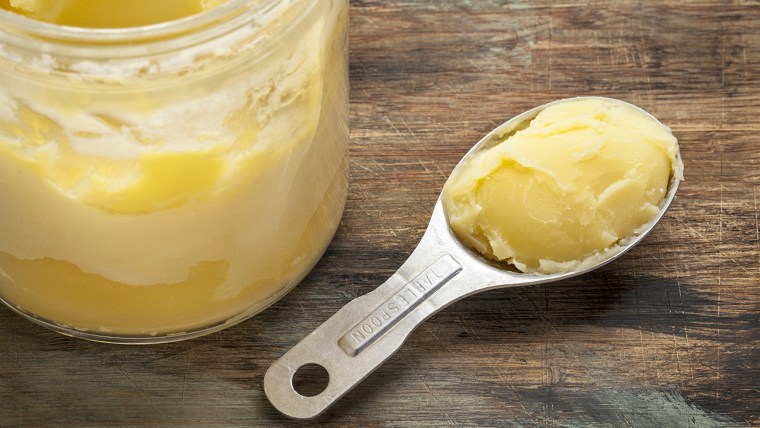Quinoa'd out? Get ready for some new ingredient crushes: These 8 under-the-radar foods are versatile, loaded with flavor, and (bonus!) full of nutrients.
Turmeric root
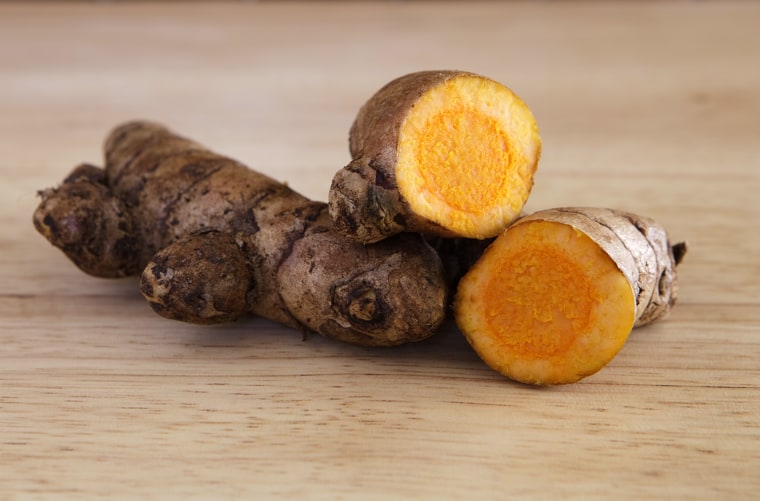
If you normally head for the spice rack to find turmeric—a common ingredient in South Asian recipes—start looking in the produce aisle. The root looks like ginger on the outside and is starting to show up in all its fresh, knobby glory at specialty food markets. It's also gaining traction with influential chefs like Yottam Ottolenghi, who uses turmeric root at his London restaurant Ottolenghi and in his popular cookbooks. The root has an earthier, more nuanced taste than the ground version, and lends its vibrant orange color to vegetable dishes, marinades, slaws and even smoothies. Long valued in Eastern medicine as a therapeutic ingredient to treat a wide range of conditions, turmeric root is now being studied for its ability to fight cancer and reduce inflammation.
Romanesco broccoli
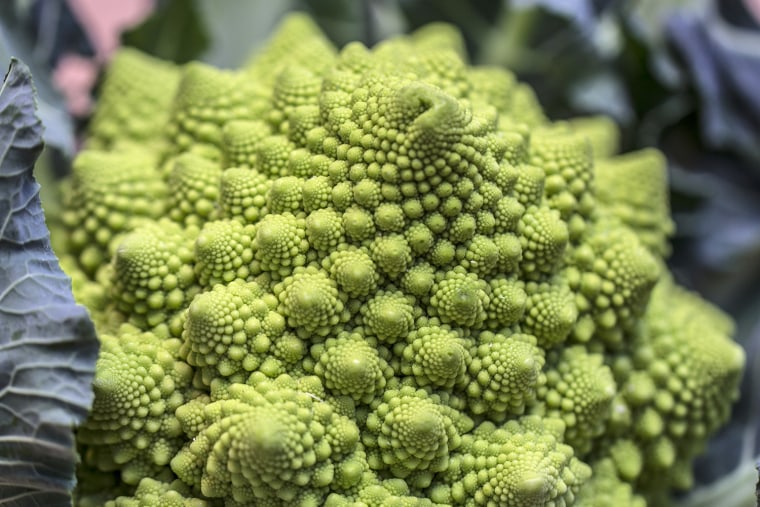
Romanesco broccoli’s fractal-like buds look like they grew on an alien planet, but the fiber-rich plant is actually a type of cauliflower. When cooked it takes on a similarly sweet note, but it has a creamier, denser texture that holds up well to a variety of cooking methods. The simplest way to enjoy it is to steam the florets and drizzle them in olive oil and lemon juice, or use them in place of broccoli or broccoli rabe in pasta dishes. Bonus tip: Put a giant Romanesco in a bowl on the dinner table for a conversation-starting centerpiece.
Cardoons
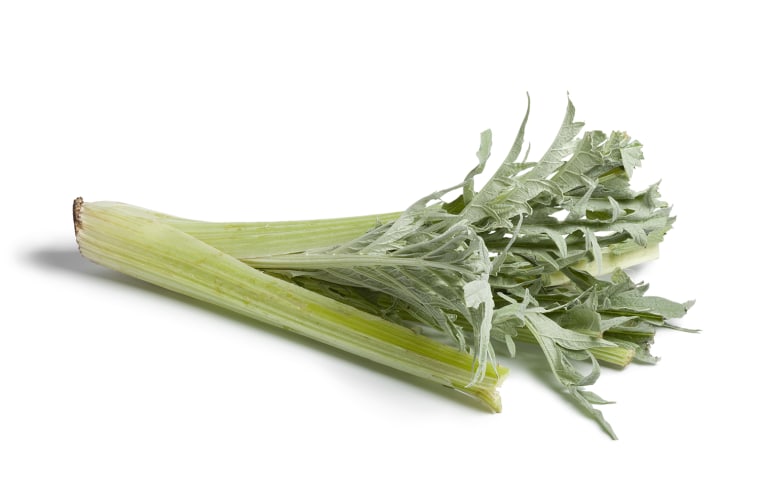
Considered a weed in some parts of the world, the cardoon is the leaf stalk of a Mediterranean thistle plant and tastes like a lemony version of its more popular cousin, the artichoke. To prep cardoons for cooking, remove the leaves and peel the inedible fiber from the stalks, then plunge the stalks in lemon-spiked water to prevent browning. Cardoons are especially delicious when braised, fried, or baked into gratins, and they’re a great source of minerals like potassium, manganese, copper and folate.
Ghee

A key ingredient in Indian cuisine, ghee (clarified butter) is simply butter with the milk solids and water removed. You can make it at home or buy it ready-made, and use it instead of butter or oil to cook meat or sauté vegetables. Ghee is a great fat for frying, since it can withstand high temperatures without smoking. But did you know it's also used as a cleanse? Ayurvedic medicine prescribes drinking ghee to rid the body of toxins and to treat conditions like inflammation, memory loss and digestive disorders.
Manuka honey
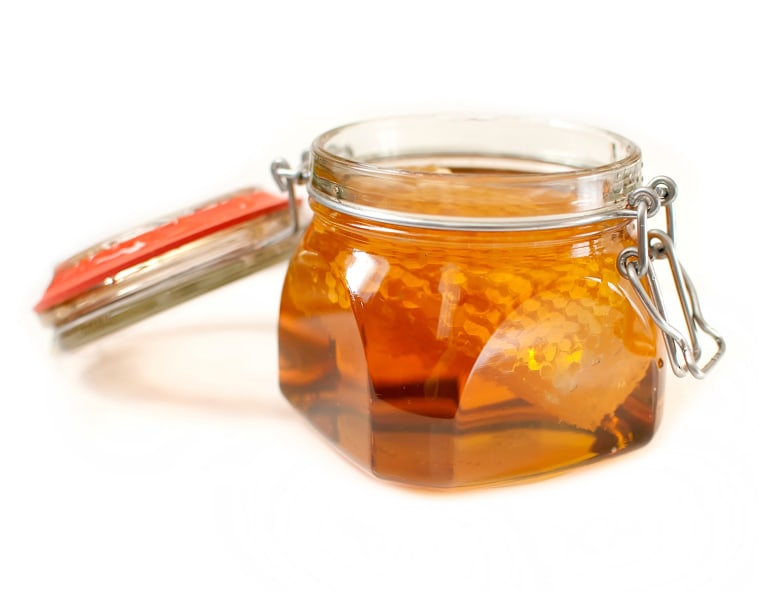
Already have a growing collection of honey jars in your pantry? Here’s another variety to seek out. Made by bees that feed on New Zealand’s white-flowered manuka bushes, manuka honey has levels of methylglyoxal (MG), an antibacterial compound, that exceed those found in other types of honey. But not all manuka honey is created equal; only certain varieties contain enough MG to be considered effective therapies for treating conditions like minor wounds. Otherwise, just savor the honey on your breakfast toast, or use it to add a distinctive sweet note to sauces, dressings or cocktails.
Samphire
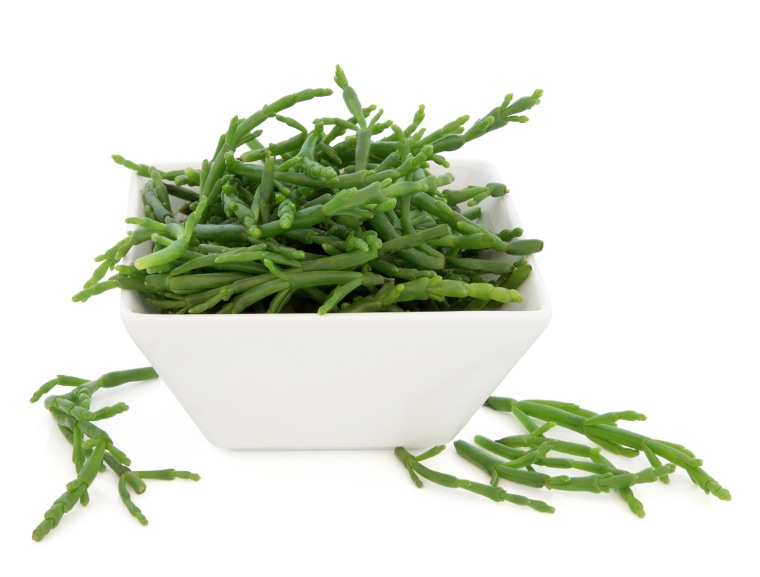
Also known as pickleweed, sea asparagus or sea bean, samphire is a succulent plant that grows near the shore in parts of the Pacific Northwest and Europe. The small, mineral-rich, asparagus-like stalks are crisp and briny, and—when boiled for a few minutes and dressed with olive oil and black pepper—make a terrific side dish to serve with seafood. Lately samphire is having a resurgence in England, where renowned chefs like Hugh Fearnley-Whittingstall of River Cottage are deep-frying it, tossing into pastas, and using it in all kinds of inventive recipes.
Carambola (Starfruit)
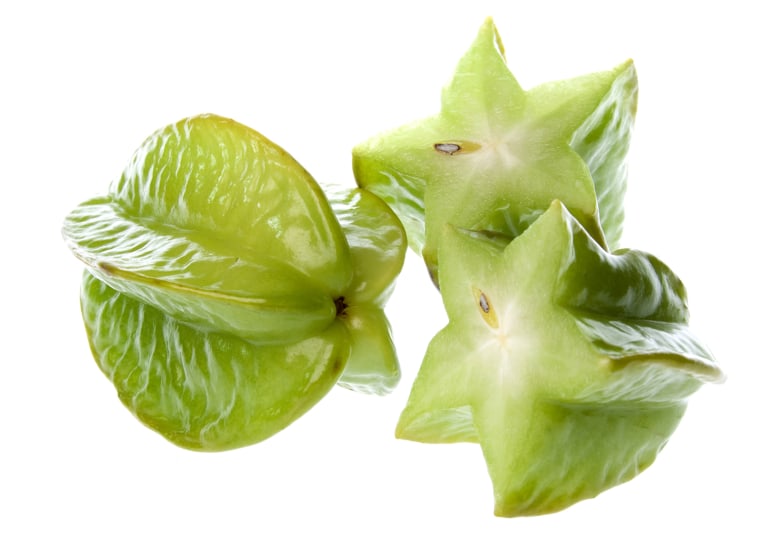
This Southeast Asian fruit grows on trees in tropical and sub-tropical regions. When sliced into cross sections, it has a star-like shape, perfect for using as a garnish or adding to fruit salads. The translucent, crisp flesh has a flavor reminiscent of pineapple, plums and lemons, and it's an excellent source of vitamin C, dietary fiber and potassium. Find it in the tropical produce section of the supermarket or at Asian food shops.
Ugli fruit
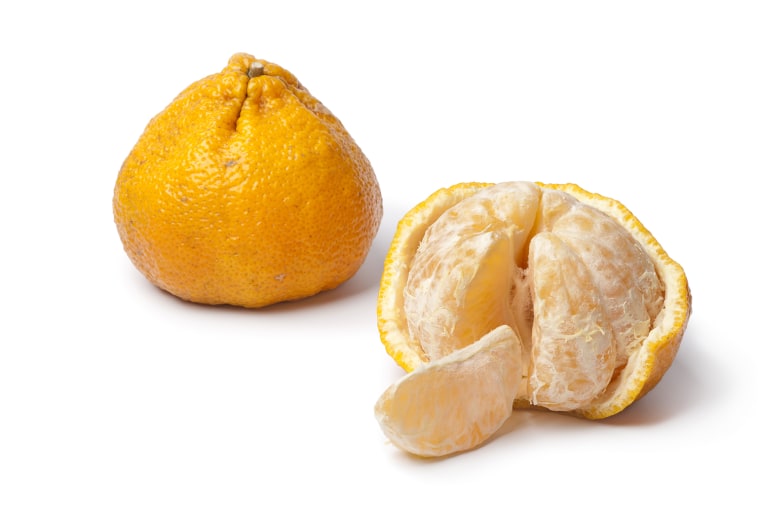
Looks aren’t everything: The ugli fruit, native to Jamaica, resembles a lopsided orange that’s past its prime. But the vitamin C-packed citrus is extra-juicy, and has the sweetness of a tangerine combined with the tartness of a grapefruit. Peel and eat it by hand like you would an orange, or slice it in half for a bracing, healthy breakfast.
